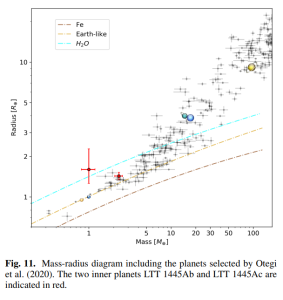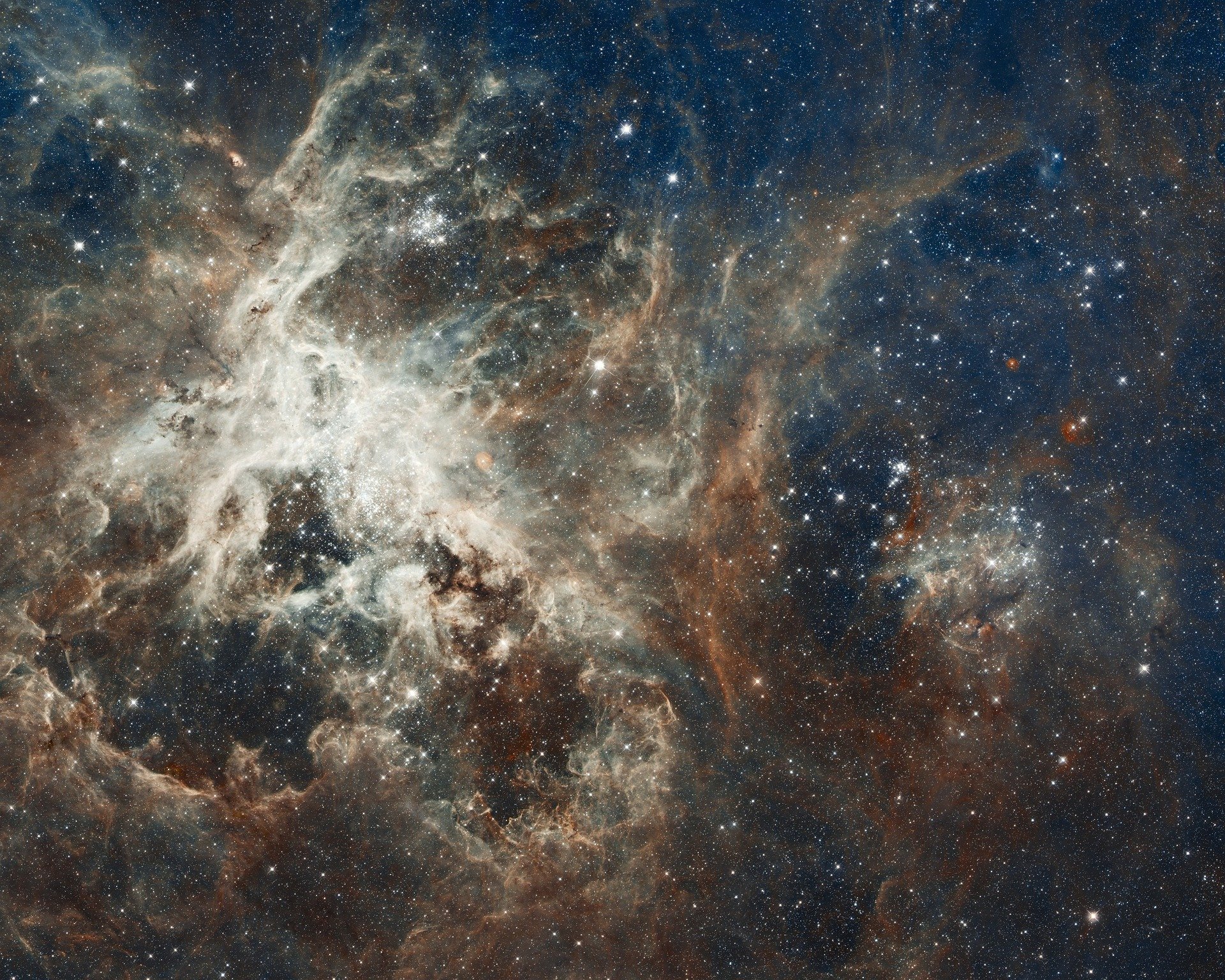Hubble Space Telescope measures the size of the nearest transiting earth-sized exoplanet
NASA’s Hubble Space Telescope has measured the size of the nearest Earth-sized exoplanet known as LTT 1445Ac, which orbits a star within the constellation Eridanus.

Initially found by NASA’s Transiting Exoplanet Survey Satellite (TESS) in 2022, LTT 1445Ac’s exact size remained uncertain due to the limitations of TESS’s optics. Emily Pass from the Center for Astrophysics at Harvard & Smithsonian led the subsequent Hubble observations, resolving this uncertainty by confirming a complete transit of the planet across its star.

As a result, the accurate size of LTT 1445Ac was determined to be 1.07 times that of Earth’s diameter, indicating it as a rocky world with similar surface gravity.
This Earth-like planet orbits a cool M-dwarf star, part of a triple system located 22 light-years away. However, with a scorching surface temperature of about 500 degrees Fahrenheit, it remains inhospitable for life as we know it.
The confirmation of a full transit was crucial, as a mere “grazing transit” could have misled measurements, offering an inaccurate lower limit for the planet’s size. Additionally, the alignment of the three stars and their edge-on orbit suggests a coplanar system, including the known planets.
While LTT 1445Ac might be too hot for life, its proximity and transiting nature make it a prime candidate for further studies. Scientists hope to characterize its atmosphere using spectroscopy, both with the Hubble and the upcoming James Webb Space Telescope (JWST). The ability to study exoplanetary atmospheres during transits sheds light on their potential habitability.
Previously, the ESPRESSO (Echelle Spectrograph for Rocky Exoplanets and Stable Spectroscopic Observations) instrument measured the planet’s mass, revealing a density slightly higher than Earth’s. Despite its similarities in size and density, its hostile surface temperature negates the possibility of sustaining life as we understand it.
NASA’s TESS discovered LTT 1445Ac using the transit method. The method involves identifying exoplanets by monitoring star brightness. TESS’s precision improves planet detection, especially around nearby, bright stars like LTT 1445Ac, aiding in detailed atmospheric studies. This method surpasses previous techniques and promises deeper insights into exoplanet diversity.
Hubble, an international collaboration between NASA and ESA, is managed by NASA’s Goddard Space Flight Center and operated by the Space Telescope Science Institute (STScI) in Baltimore. The Association of Universities for Research in Astronomy in Washington, D.C., oversees STScI for NASA.
The research finding has been accepted for publication in The Astronomical Journal, marking another milestone in our exploration of exoplanets.
Auto Amazon Links: No products found.


